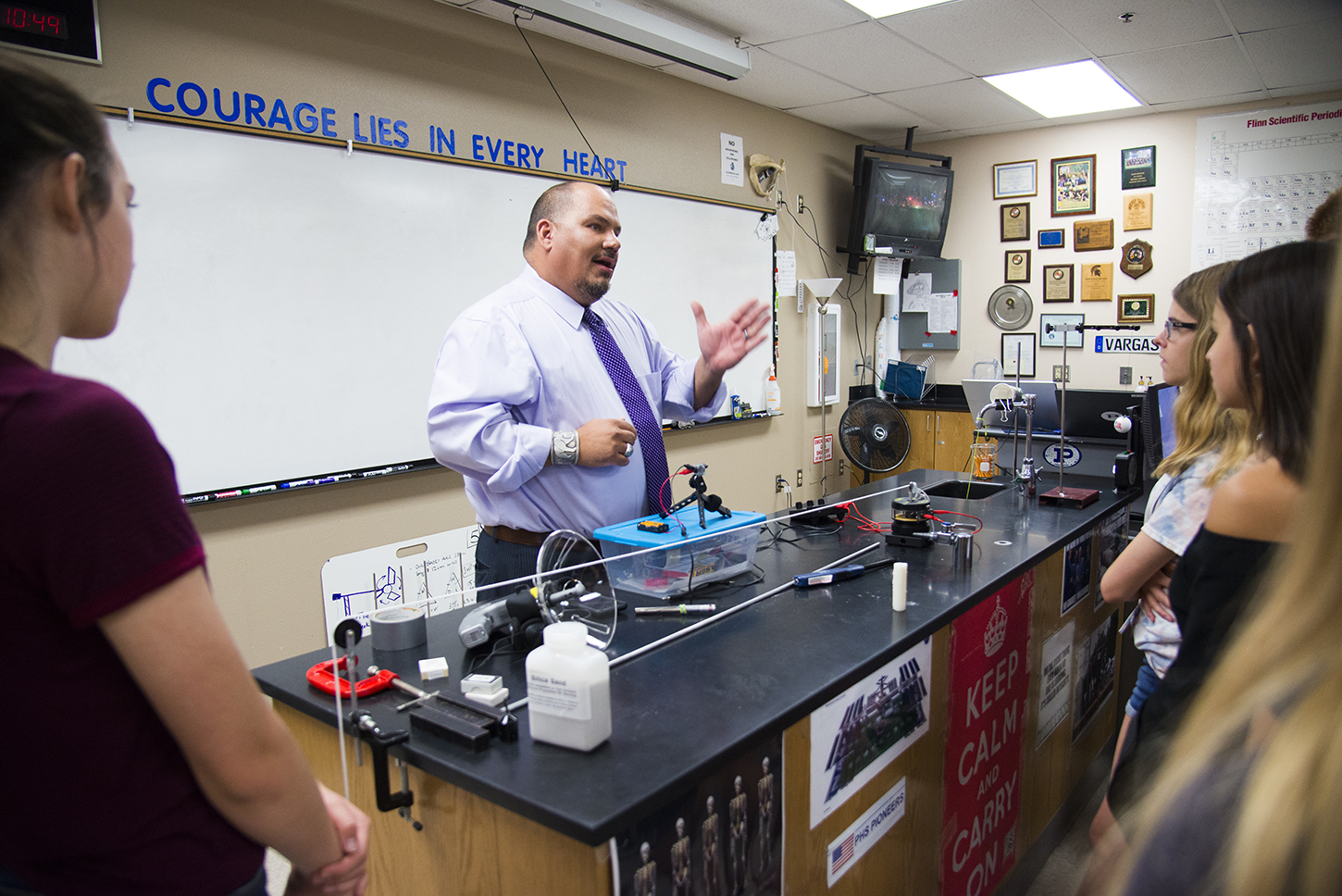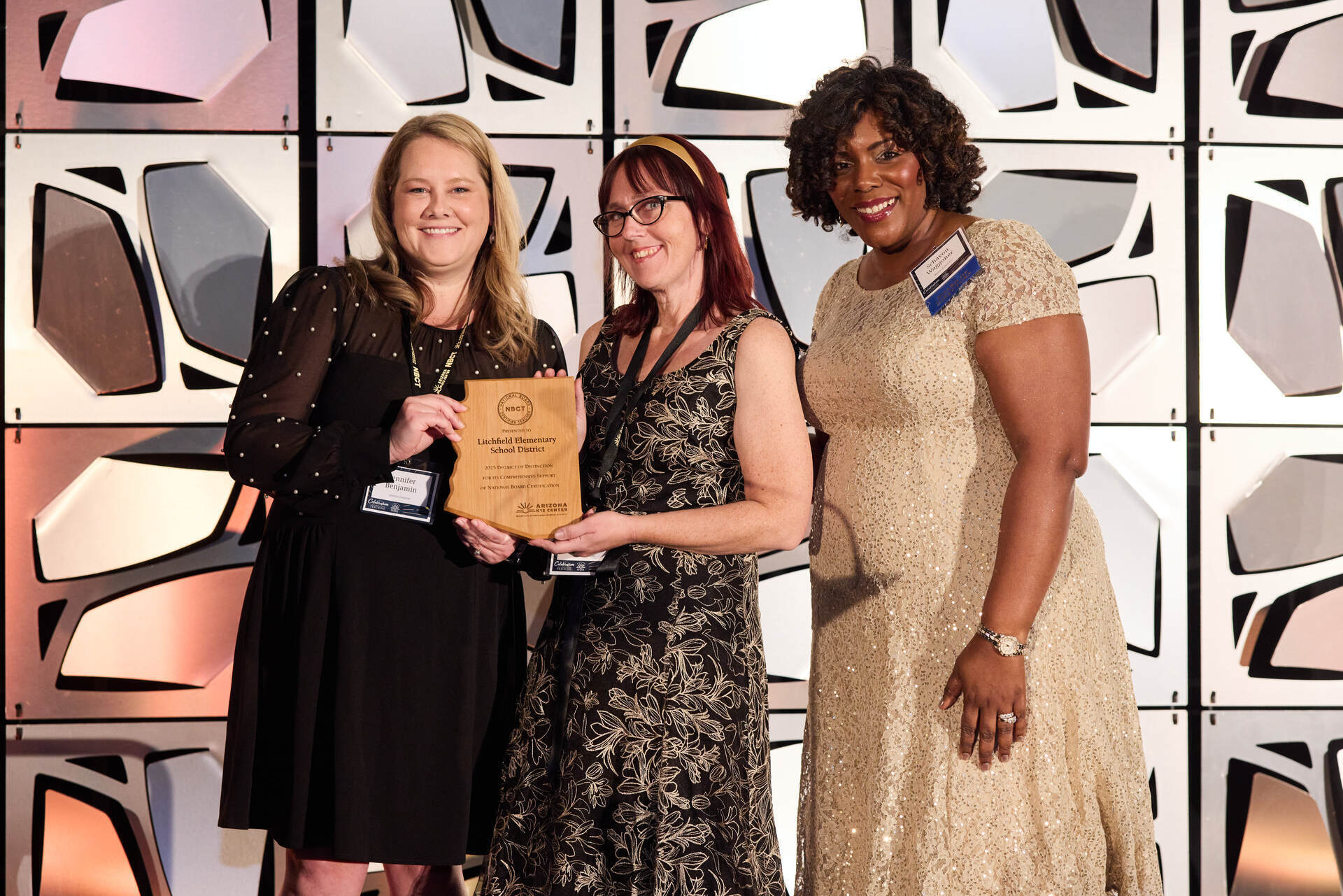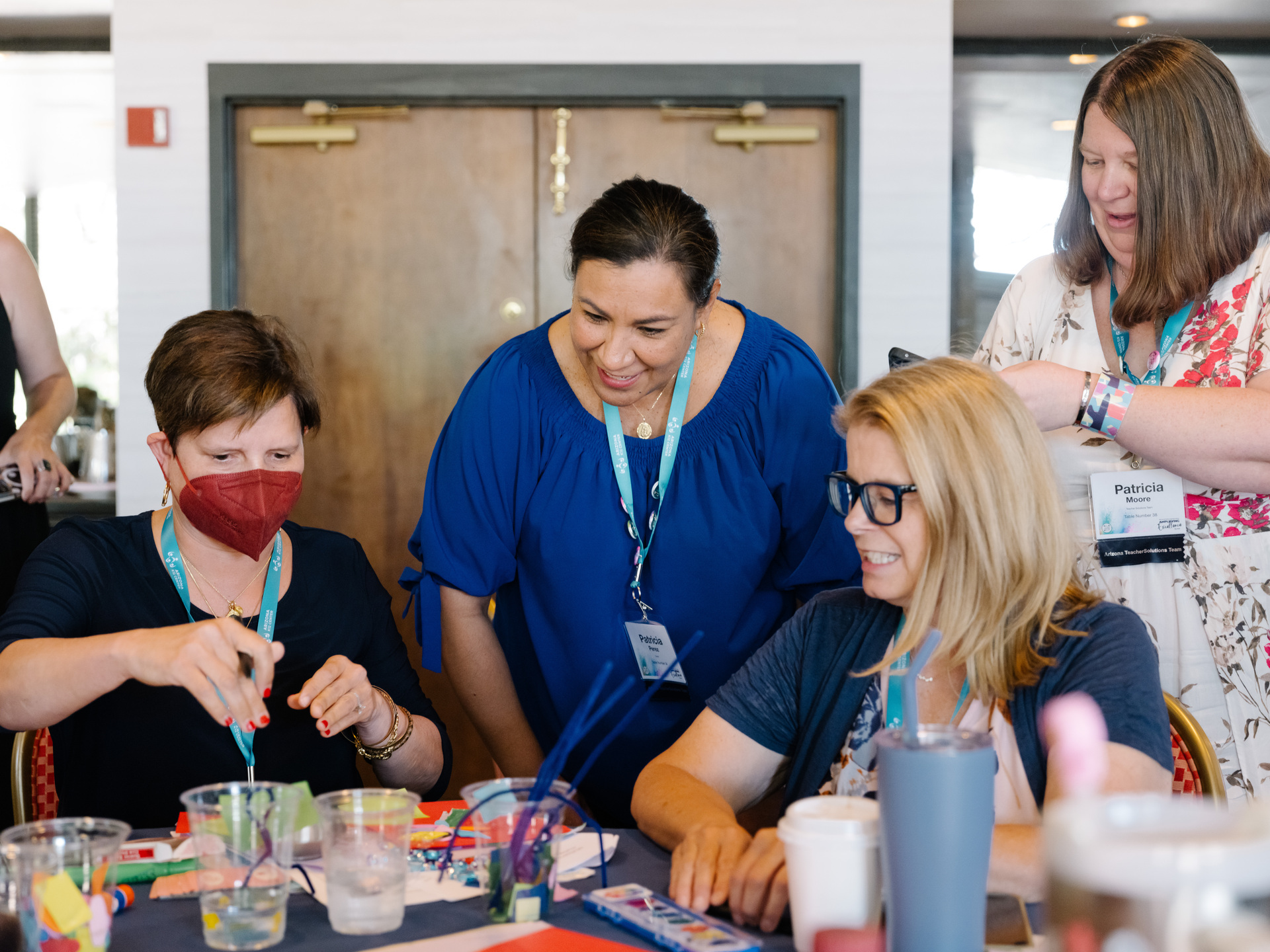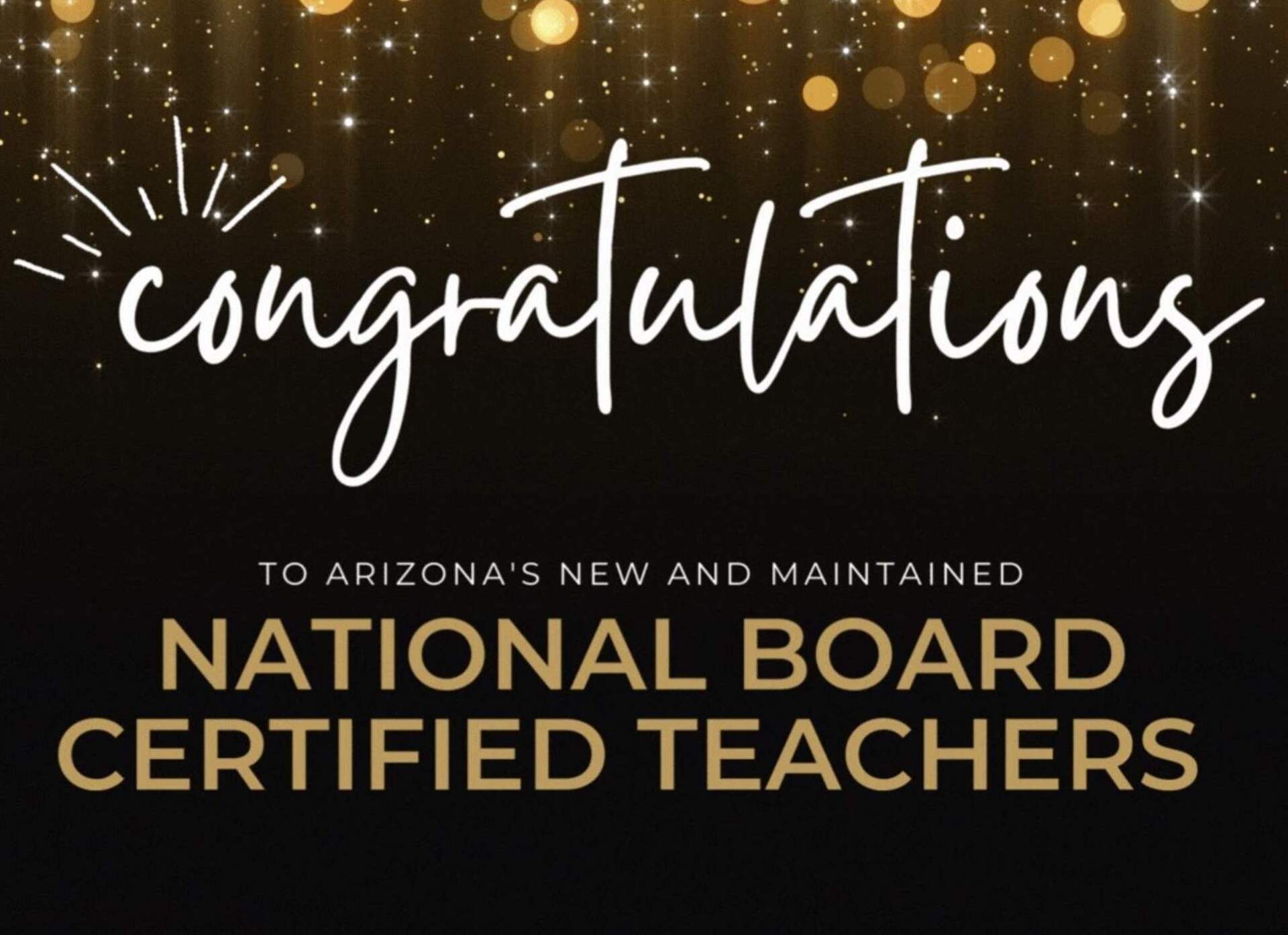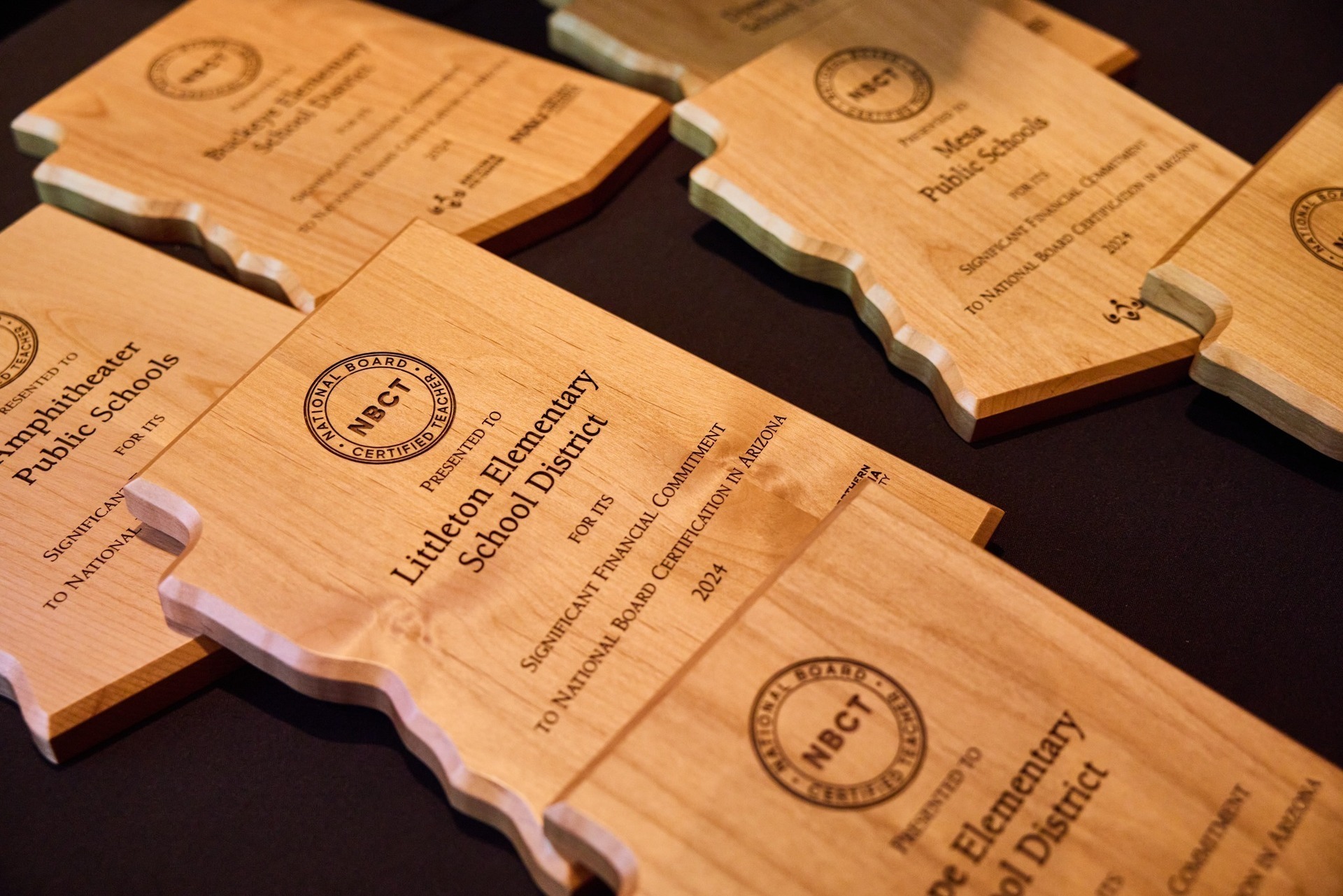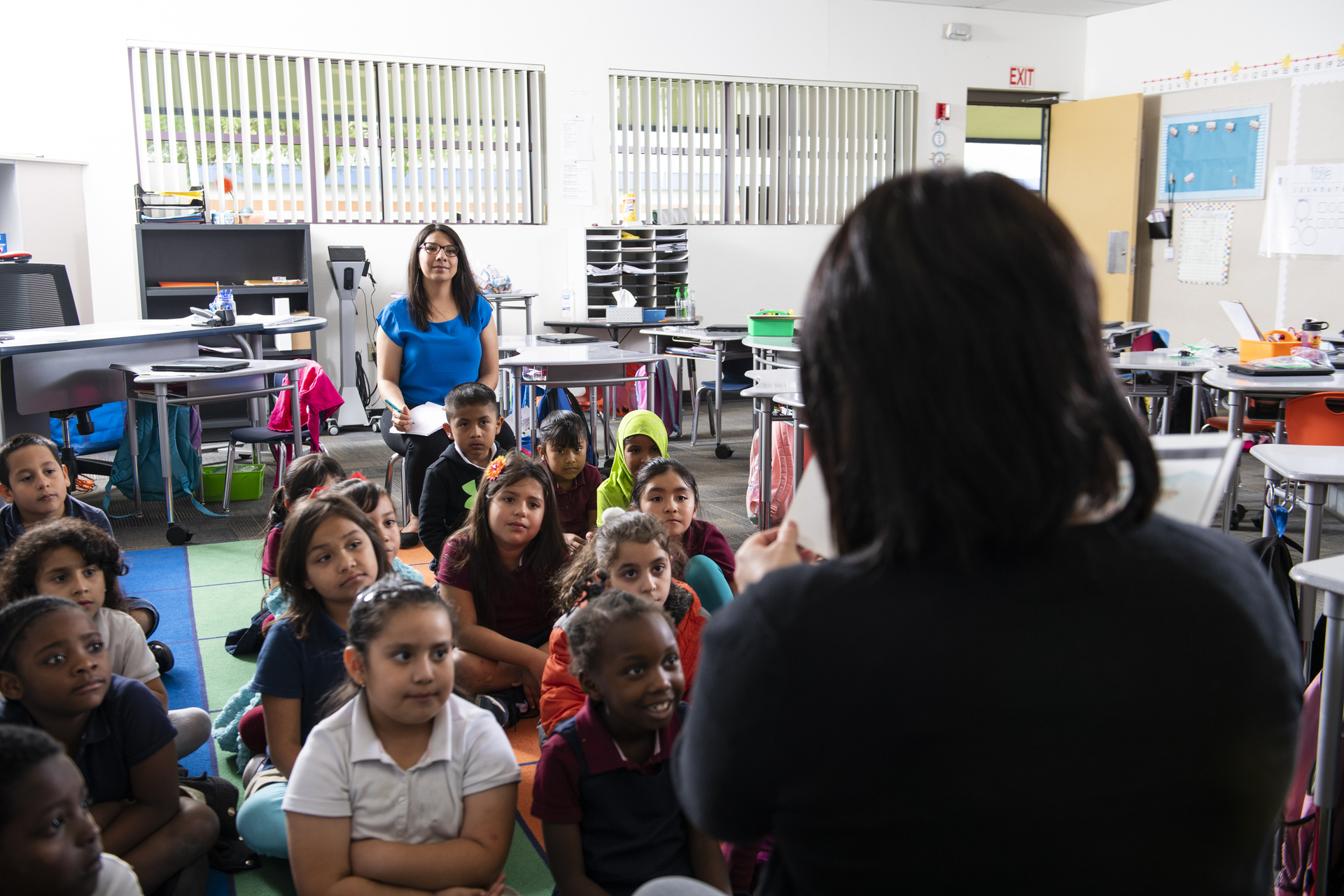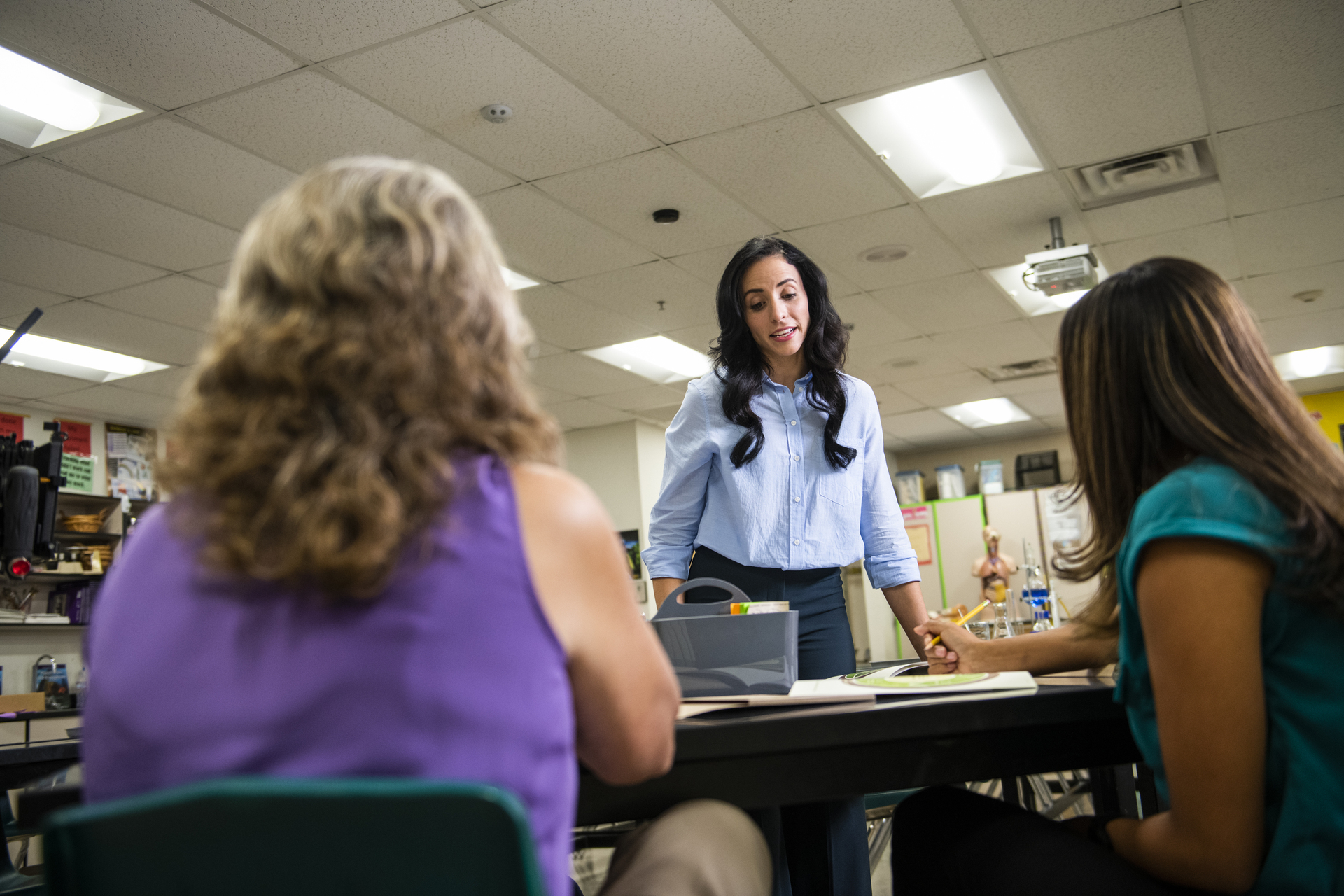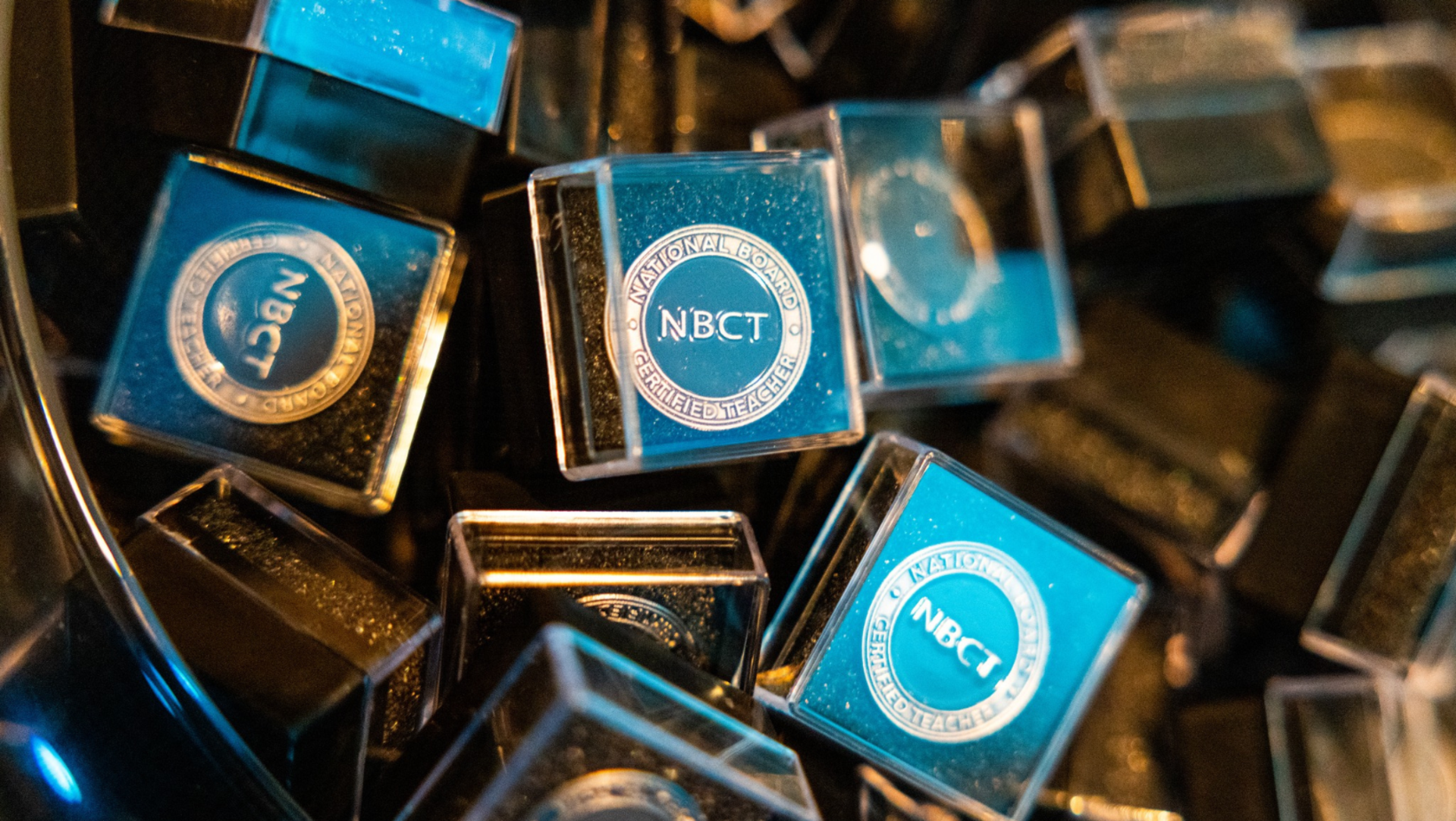August 28, 2018
Learning From Teachers You Like
Secondary teachers: You need this how-to on balancing authority and friendship in the classroom.
When I began teaching, I was 22 and fresh out of college. One of the pieces of advice I often received was that my students didn’t need to like me; they just needed to respect me. In theory, this is sound wisdom, but it wasn’t what made me successful as a teacher. At the end of the day, students are more willing to listen to and learn from teachers they like, but they also have a tendency to take advantage of inconsistency. My favorite mentor taught me that it is possible to use friendship as a tool in the classroom as long as clear boundaries are also a priority.
Here are eight lessons I learned in my first eight years of teaching:
Year 1: Friendship is built on shared experiences.
Secondary students will connect better to content when they see you as a mentor, and that means creating shared experiences that allow you to uncover what you have in common. I would start every school year by sharing my likes and dislikes, even weaving in classroom rules into that discussion. I made room for students to share their own hopes and fears because I knew they were more likely to learn from me if I first learned about them.
Year 2: Follow through every time.
It’s easy for middle and high school students to take advantage of younger teachers, but they are less likely to do so if they know you follow through with promises, especially when it comes to discipline and classroom management. Deep down, students want order, consistency, and routine. It makes them feel safe and cared for. For example, in high school classrooms, I found that most teachers forbid the use of phones, which I agree with on some level. However, I also wanted to teach students how to use technology in educational and creative ways. So I implemented a clear system for misuse of technology, and I followed through every time. It was hard work at first, but eventually, everyone was on the same page, and they respected me for being consistent and fair.
Year 3: Listen more than you talk.
Let’s be honest: There are some students who are very challenging to listen to. However, making sure every single student has a voice in the classroom is incredibly important—both for your class dynamic and for encouraging mature discourse. As a teacher, you get to lead by example every day; remember how many eyes and ears are on you, waiting to see how you react and respond. When you take the time to truly listen (and not just to the students who love to talk), you are actually demonstrating one of the most important skills needed for life outside the classroom.
Year 4: Say no to the right things.
When I began observing teachers, I noticed many of them assumed the worst about students, leaving little room for spontaneity and creativity. Boundaries are crucial in a classroom, but when you make a habit of saying no (without being open to new approaches or ideas) it’s possible to stifle what is so amazing about adolescents. After a few years of teaching, I began asking myself if I was saying no because I could, or because it was the right thing for my students. For example, when I gave my high school students time to read for pleasure in class, a student would ask if they could sit on the floor, or under a desk (weird), or outside. And while sometimes it was easier for me to just say no and have everyone sit at their desks, I also would remember that they spend the majority of their school day at a desk, and a change of scenery is nice sometimes. And while there are still boundaries that I enforce, an unexpected yes can make a difference in your relationships with students. It builds trust.
Year 5: It’s OK to have inside jokes with your students.
Humor is absolutely necessary for survival when you teach middle and high school students. They want to know you can have fun, and sometimes that means creating inside jokes that foster a sense of community. When I taught “The Crucible,” I told my students that they had to use “Goody” in front of my name just like the book for the duration of the unit. One class in particular got really into it, and kept it up for the rest of the year. It made me laugh every time. It’s simple but very effective to show students you can have a good time while learning.
Year 6: Don’t argue with students; hear them out.
The worst thing you can do when students get irritated is to try to prove that you are right. Instead, listen first and find the root of their frustration. It usually has very little to do with you, and everything to do with a random event that happened on the way to class. Hear what they are saying, but do it at the right time, in the right place. Don’t ignore every other student, but do make time to diffuse the situation and follow up on it later. One of the moments I will never forget as a teacher was when a student erupted in anger over a grade he had received. It was toward the end of class, and I asked him to stay after to talk about it. A few minutes into the conversation, he was in tears talking about how no college would ever want him, and then I knew what was really going on. He needed to hear that he was capable of doing well, and that one grade on one assignment didn’t define him. Sometimes it takes reading between the lines to understand the real issue, and that’s where meaningful moments happen.
Year 7: If a classroom rule isn’t working, adjust it.
You get to decide the dynamic of your own classroom. Not every rule that you start the year with must remain in place if it isn’t accomplishing your goals. Many times, I would implement a rule, and then realize it just didn’t make sense. In that scenario, it makes sense to have a conversation with students and be willing to adjust your expectations and boundaries.
Year 8: Trust your instincts; learning is about relationships.
In my last year of teaching, I finally figured out I didn’t need to be like any other teacher to be successful. We all have instincts, and many of mine had to do with creating lasting relationships with students so that they were willing to learn from me. Some of my colleagues thought I was too silly, too lenient, or even too creative (if that’s possible), but at the end of the day, I worked hard to earn my students’ trust because I knew it made a difference. Trust your gut — it’s the best guide you have as an educator.
